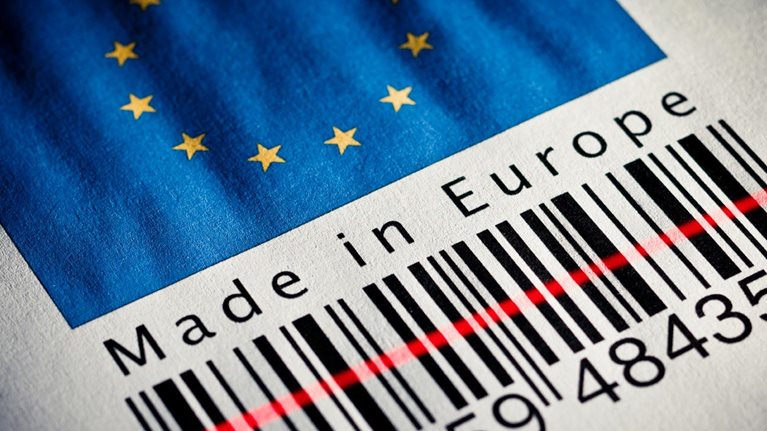Drawing on extensive interviews, an in-depth survey across five EU countries, and macroeconomic analysis, research by MGI and McKinsey's Marketing Practice examines how European consumers have responded to past recessions and how they are reacting to the current downturn; how their tactics may develop if conditions worsen; and how businesses can align themselves with the evolving behavior of their customers during the recession and position themselves for economic recovery.
Europe's consumers have already cut spending in response to the economic downturn. McKinsey's survey found that 51 percent of those interviewed said that they had already begun saving in recent months in response to the economic crisis. The research finds that signs of an even deeper retrenchment in consumer spending are present, raising concerns that this trend could exacerbate the economic downturn.
As the economic pressure on them mounts, consumers surveyed declared themselves prepared to continue to rein in their spending on discretionary items such as leisure and equipment goods, with far more dramatic intended cutbacks than we are seeing today. The report identifies how consumers are using five tactical levers to reduce their spending—three related to volume and two to price—and proposes ways that companies can align themselves with such approaches and therefore more effectively address these customers' needs.
1. Control spending. This is the tactic most employed by consumers as they attempt to reduce their overall spending and attain a degree of predictability in uncertain times. At its most extreme, control of spending amounts to the total withdrawal from consumption of a category. This is a threat for all goods, but particularly so for discretionary items such as eating out and holidays. Possible responses include offering services and experiences that help consumers to limit spending (e.g., changing the packaging of some goods to, say, individual portions from family packages or even changing store formats to, for instance, smaller stores rather than supermarkets or department stores). Companies can help on the dimension of pricing by offering predictable invoicing systems such as subscriptions, for instance.
2. Replace only when needed. This tactic is especially popular in the case of big-ticket items such as cars, electronics, and furniture. Many consumers say they are willing to delay new purchases, use current devices for longer, and increase the value or lifetime of current possessions (e.g., by buying or selling used goods). For frequent purchases, which consumers cannot delay buying altogether, consumers are trying to avoid waste by buying only the quantity they need. Companies can still go on the offensive to secure sales, but with a new message. For fast-moving goods, companies can focus on providing the right amount at the correct price. Companies can also offer incentives to consumers to replace products by organizing secondhand markets or by offering resale bonuses for cars.
3. Do it yourself. This tactic sees consumers opting for self-made solutions (e.g., holding dinner parties at home instead of eating out at restaurants or letting go household help and cleaning themselves). Such a retreat to the home need not be an obstacle to businesses. Companies should pinpoint the advantages of their products compared with homemade alternatives and consider where their offering can be a lower-cost choice. Delivering the message of how to use a company's products in the home could be a big win. Companies that have long played to the do-it-yourself trend should consider whether further opportunities exist to “outsource” all or part of product assembly to the consumer.
4. Seek value. Consumers under pressure think more critically about where they spend their money and what, exactly, they are getting in return, approaching high frills with a new degree of skepticism. For larger purchases, consumers may turn to the Web or other information channels to better assess the exact product features in which they are interested. For fast-moving goods such as food items, unbranded solutions are coming out on top as consumers prioritize functionality over frills. Companies can respond by clearly articulating the features, value, and availability of their products on all channels. The research also suggests that companies might adopt low-cost private-label goods or introduce basic versions of products at a lower price point, while taking care not to tarnish their brand.
5. Shop smarter. Recession-stressed consumers who want to continue to consume the products they value may begin looking more aggressively for a good price, special bargains, and promotions. While this tactic appears across categories, it is particularly prevalent in the case of apparel, with 66 percent of respondents ranking smarter shopping as their top tactic. Smarter shoppers take advantage of new channels, such as the Internet and hyperdiscounters, to find the same product at a lower cost and are often content to wait for sales and promotions. Companies need to target promotions at the right consumers and be visible across marketing channels. Businesses can take advantage of the new tools consumers are using to shop smarter (e.g., winning the search-engine war on price criteria, running Internet promotions, or spinning off a discount outlet to compete with hyperdiscounting channels).
The report suggests that, with long-term trends pointing to continued pressure on consumers' purchasing power, it is likely that many of these new approaches will become a permanent feature of the consumption landscape. Those companies that look beyond mere survival and adapt their products and marketing to these new tactics will position themselves most effectively not only during the downturn but also in the recovery.


